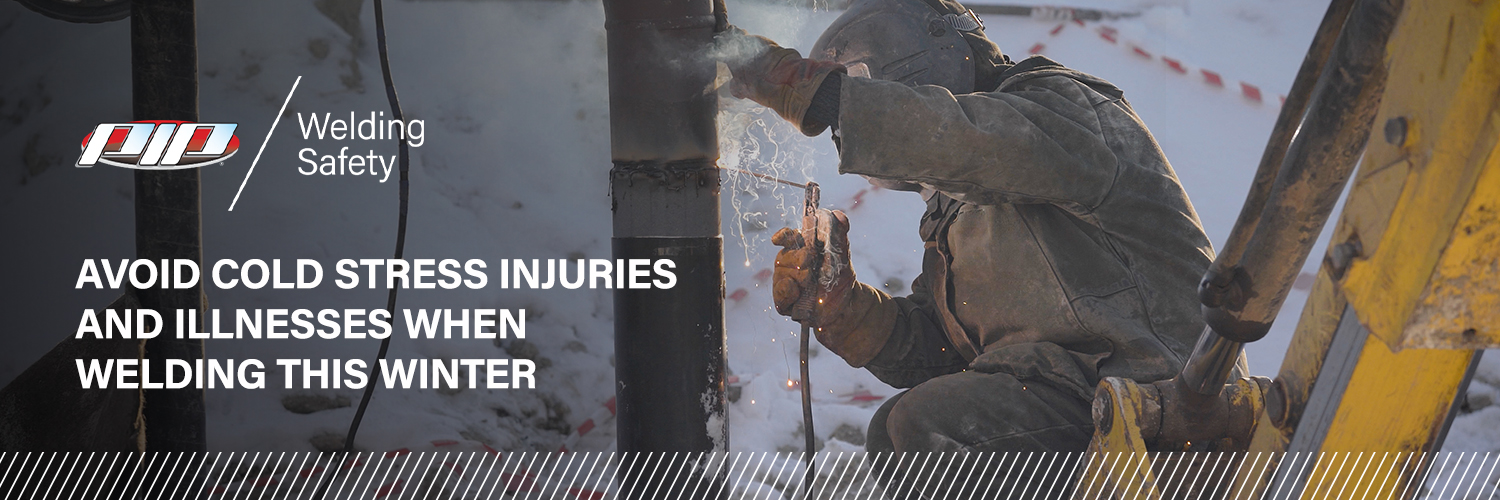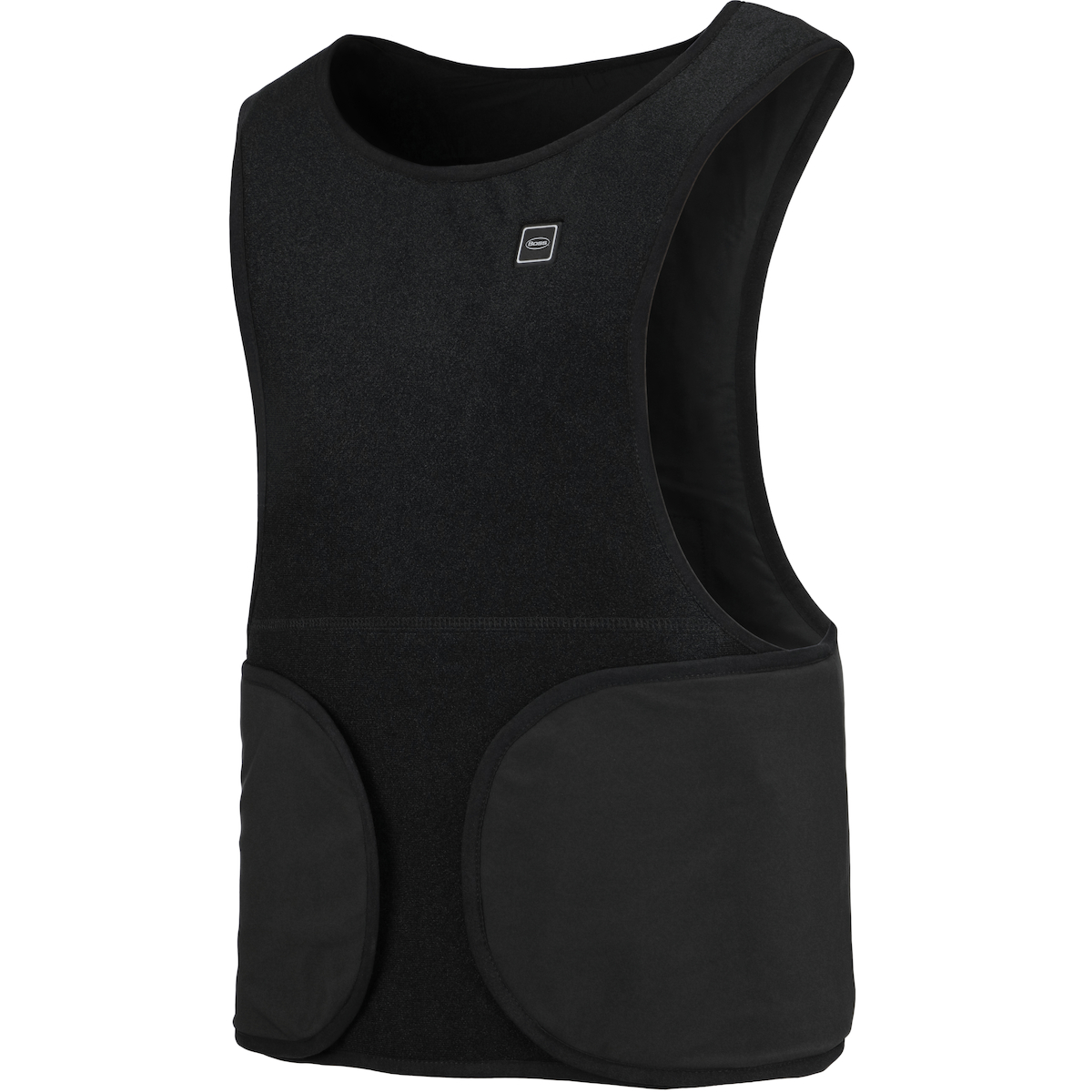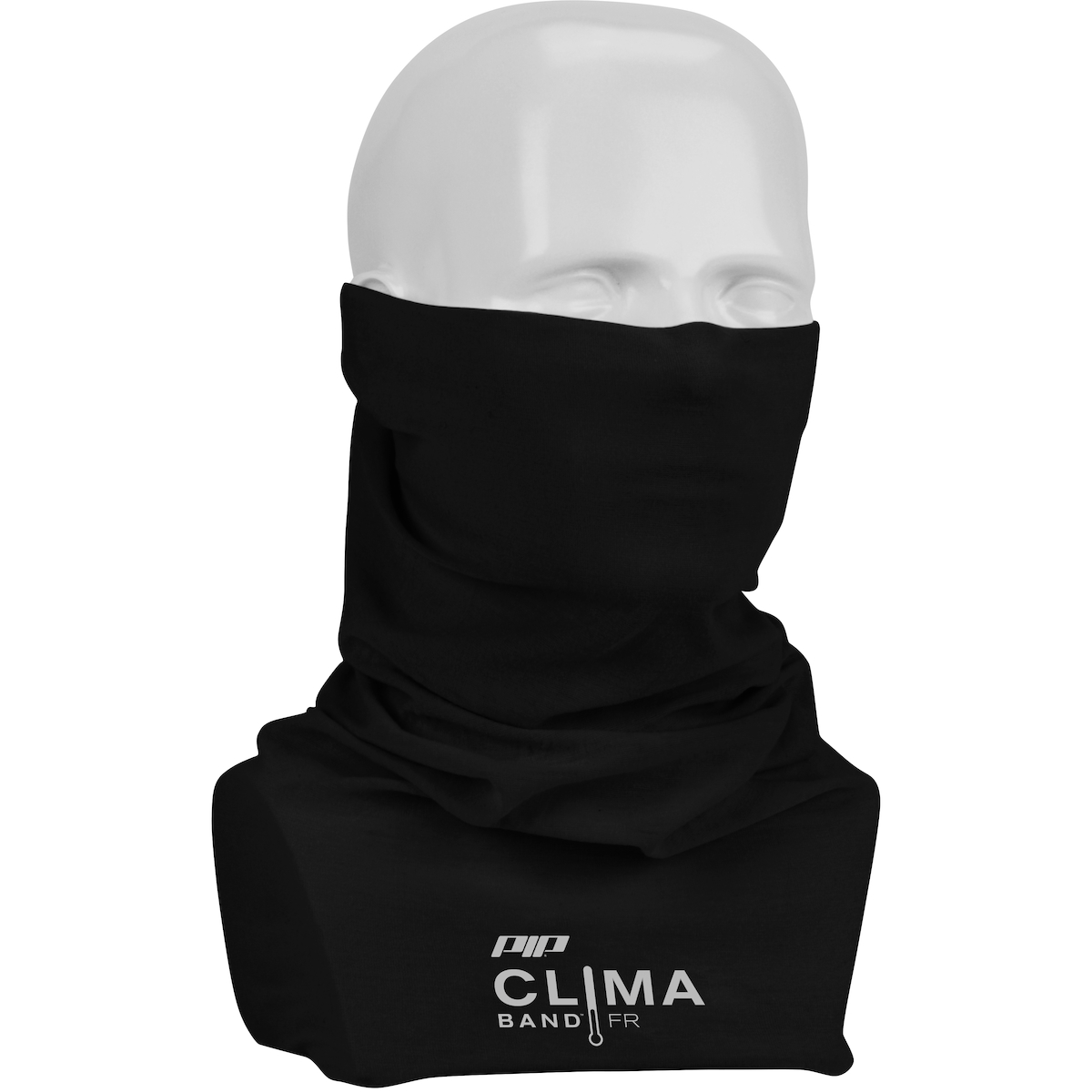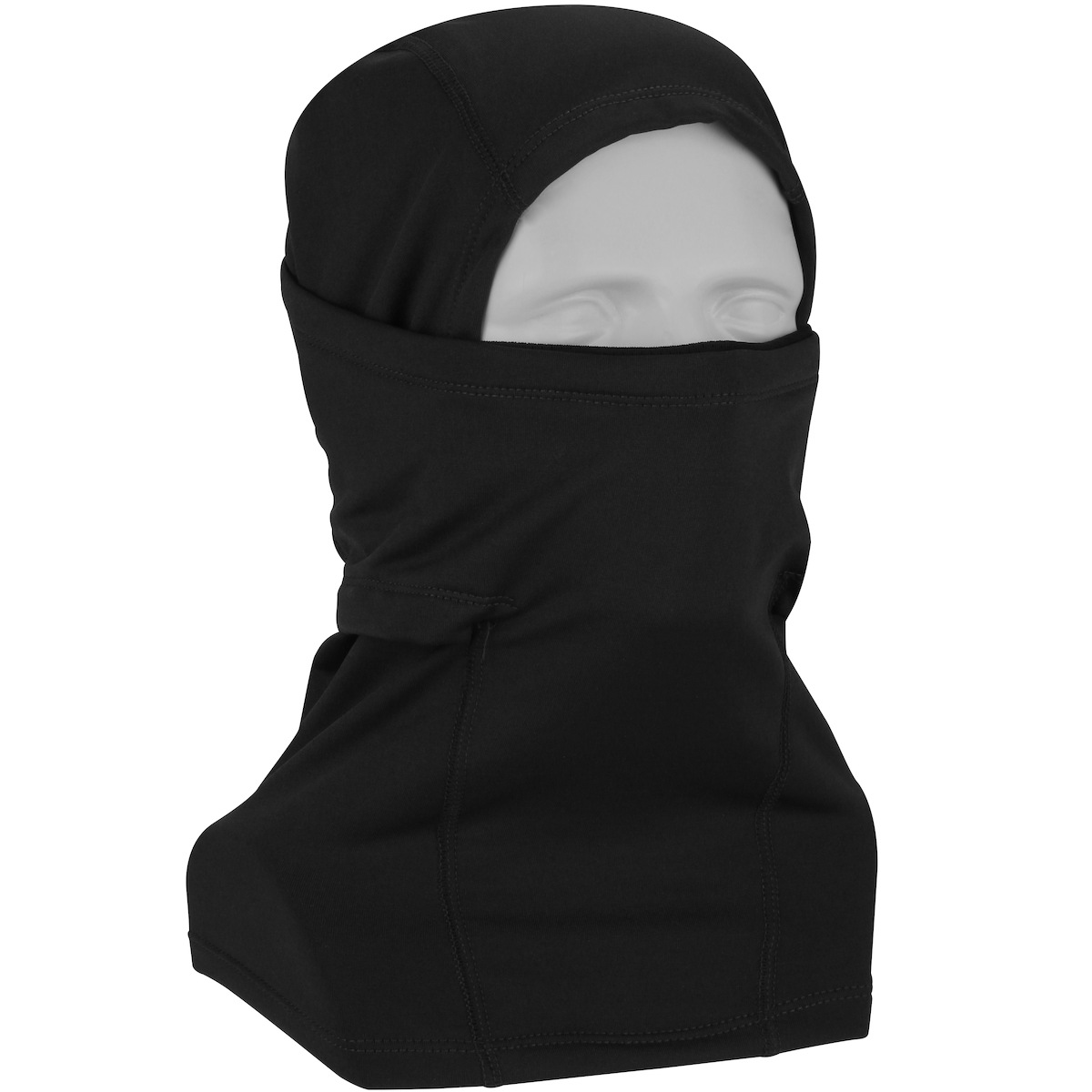A Welder's Guide to Avoiding Cold Related Injury and Illness
BLOG ARTICLESJim Huebner, Marketing Channel Manager, Protective Industrial Products

Extreme cold weather is a dangerous situation that can bring on health emergencies and welders working in cold environments are no exception to this. All workers who are exposed to extreme cold are at risk of cold stress, however, this blog will focus on how welders specifically can avoid injury and illness when working in winter conditions. What constitutes cold stress and its effects can vary across different areas of the country. In regions relatively unaccustomed to winter weather, near-freezing temperatures are considered factors for cold stress. Whenever temperatures drop decidedly below normal and as wind speed increases, heat can more rapidly leave your body. These weather-related conditions may lead to serious health problems which is why we’ve compiled 10 tips to help welders avoid cold stress-related injury and illness.
Follow these “Tips for Keeping Warm” when welding in colder weather to stay safe, warm, and productive this winter.

- Dress in layers to help stay warm
- Base layers (underwear layer) wick sweat away from your skin
- Middle layers (insulating layer) retain body heat to protect you from the cold (Pro tip: A heated vest is a great middle layer option to retain body heat)
- Outer layers (shell layer) shield the wearer from wind, snow or rain. FR Jackets, FR Aprons and FR Jeans all help protect against getting burned when welding while providing warmth and protection from wind, snow or rain.
- Even if you don’t wear all three layers at the outset, it’s a good idea to take all layers on the job since you can remove layers if things heat up, but you can’t put on layers that you didn’t bring along
- Ensure the proper fit of your garments – tight clothing reduces blood circulation and warm blood needs to be circulated to the extremities

2. Use a neck gaiter
-
- A neck gaiter helps protect your neck and face from getting cold and wind burned

3. Cover your head and ears with a winter liner or face hood
-
- Winter liners and face hoods reduce the amount of body heat that escapes from your head which is one of the primary areas where body heat escapes

4. Wear wool or fleece-lined insulated welding gloves
-
- Lined leather welding gloves provide protection against sparks but also provide warmth to help protect against the elements
- Wear insulated and waterproof boots with wool socks to keep feet warm and dry
-
- When it's cold out, your feet will be toasty and warm in your wool socks. Wool can absorb a high amount of moisture, much more than cotton, and can hold a third of its weight in moisture before it even starts to feel "wet." Wool keeps its insulating properties while wet, which is perfect for sweaty feet. A waterproof work boot will keep you safe from getting your toes and feet wet, which will prevent you from dealing with any illnesses.
To stay warm on the job, it is imperative that you trap any heat loss from your feet and this is accomplished by wearing insulated work boots
- Do your best to stay dry
- Moisture or dampness from sweating can increase the rate of heat loss from the body
- Keep extra clothing on-hand in case you get wet and need to change
- Stay hydrated
- Drink warm, sweetened fluids (it goes without saying that they should not include alcohol) throughout your shift and make sure you have a thermos® of your hot beverage of choice readily available to warm you up
- Fuel your body with something warm and eat plenty of calories
- Make sure to have a hearty hot meal at lunchtime or bring an extra thermos® full of soup. Your body expends a lot of energy when working in the cold, so it’s important to keep it fueled up. Consider having an extra meal during the day or doubling up on portions on colder days.
- Keep moving
- The body generates heat through movement which is why it’s important to keep moving when you're working outside in the cold. Of course, if your body movement starts generating too much heat, it’s going to cause sweating which can be bad. Try to find a balance between enough clothes and enough movement to stay warm and dry.
- Take breaks inside
- Move into warm locations during work breaks and limit the amount of time outside on extremely cold days
Do you have questions about this blog or are you interested in learning more about the products discussed?
Click HERE to contact your local PIP® Sales Representative today or drop us a comment below!
MORE ARTICLES
Spotlight on Safety - Trends from NSC Safety Congress & Expo
Last September, safety professionals worldwide gathered in Orlando, FL, for the NSC Safety Congress & Expo, where the latest industry advancements and ideas took center stage. Our team arrived wi…
READ MORENitrile vs. Latex Coated Gloves – Which is the Best For Your Workforce?
When it comes to choosing work gloves, selecting the right coating can make all the difference in safety, comfort and performance. Nitrile and latex coatings both offer unique benefits, making them su…
READ MORE4 Hidden Jobsite Risks - And How To Avoid Them
Nearly five million workers currently make up the American construction industry. That includes laborers, carpenters, trade and extraction workers, site managers and others. While it may not be apparent fr…
READ MOREExperience Barrier Protection and Flexibility With Extended Use Gloves
Barrier glove technology has changed dramatically over the last 10 years as glove demand has increased. Gone are the days when rough hands or stained fingers defined what we did for a living. Today, ev…
READ MOREThe Evolution of Hand Protection: Advancements, Challenges and Future Directions
Hand protection has seen significant advancements in the past five years, driven by the need to reduce hand injuries and enhance worker safety across various industries. With evolving technologies and ma…
READ MOREConstruction Hand Protection 101: Spotting and Mitigating Risks
In construction, hands are everything – they’re essential for every task, whether it’s operating heavy machinery, handling materials or doing precision work. Protecting them isn’t ju…
READ MOREEN 388 vs ANSI/ISEA 105: Understanding the Key Differences in Hand Protection Safety Standards
When it comes to evaluating the protection levels of work gloves, two major industry standards are recognized worldwide: ANSI/ISEA 105-2016 and EN 388:2016. The ANSI/ISEA 105-2016 standard, developed …
READ MOREHow D3O®iP™ Technology Is Setting A New Standard For Hand Protection
Impact-related hand injuries are the most common occupational hazards in the industrial work force. According to a study conducted by the U.S. Department of Labor between 2021-2022, 23 percent of all work-rel…
READ MOREEnhancing Workplace Safety in the Construction Industry with Multi-Directional Head Protection Technology
It’s no surprise that workers in the construction industry are at a high risk of accidents; the industry consistently ranks as one of the most dangerous in the U.S. The causes of workplace injuries have…
READ MOREUnraveling The Dynamics of ESD Safety
When it comes to Electrostatic Discharge (ESD) Safety, it’s all about control – static control. The ESD Association® sets many of the global standards that are considered guiding principles for static con…
READ MORESpecialized PPE For Electric Vehicle Manufacturing
For years, the United States has been the second largest manufacturer of motor vehicles, manufacturing over 1.5 million cars and 7.6 million commercial vehicles annually due largely to leading companies li…
READ MORESurviving the Summer Heat: A Guide to Workplace Safety and Hydration
With rising temperatures comes an increased risk of heat-related illnesses. These conditions arise when the body struggles to maintain its internal temperature due to excessive heat exposure, leading to p…
READ MOREThe Importance of Providing Proper Fitting PPE For Women
Personal Protective Equipment (PPE) is vital in ensuring worker safety across all trade industries. However, when PPE doesn't fit correctly, it can be just as dangerous as not wearing any protection at…
READ MOREProtective Gear for TIG Welding
For starters, April is National Welding Month. PIP USA appreciates all the hard-working welders of America. For those familiar with welding, the terms heliarc welding, tungsten inert gas welding o…
READ MOREWhat to Consider When Choosing High-Visibility Multi-Season Workwear
Winter and Spring can be a hazardous time of year for people who work outdoors. That's why companies must train their employees on how to stay safe while also providing them with the proper protective eq…
READ MOREMotor Vehicle Manufacturing: Supporting A Successful Safety Program
The Automotive industry, a pillar of America’s economic strength, continues to demonstrate steady growth with rising employment numbers. According to the BLS, employment within the motor vehicles an…
READ MOREMulti-task Welding Gloves Offer The Protection And Dexterity Welders Need
If you’re well-versed with the welding trade, you’ll know that a welder spends the majority of their time not necessarily welding. In fact, welders only spend approximately 25% of th…
READ MOREWhy Welders Need Cut-Resistant Gloves
Hand injuries are among the most common workplace injuries, with over a third involving lacerations. It's not hard to understand why, after all, hands are often closest in proximity to workplace hazards. Th…
READ MORESafety Helmets with Mips® Offer Protection from Linear and Rotational Impacts
Head protection has come a long way since the day of the “Hard-Boiled Hat” which made its appearance in the early 1920s to protect members of the U.S. Navy and coastal shipyard workers from im…
READ MORESustainable Solutions in PPE
Sustainable, eco-friendly, biodegradable… We can go on and on. Every day, we are bombarded with product alternatives that claim to be better for the environment – almost to the point that it…
READ MOREThe Psychology Behind Effective Food Safety Culture
What’s the first thing you think of when you see a firefighter helmet? If your answer was hero, rescue, save, protect or first responder, you’d be in line with the majority of Americans. The…
READ MOREUnderstanding The Differences Between Antimicrobial, Antiviral and Antibacterial Hand Protection
ANTIMICROBIAL - ANTIVIRAL - ANTIBACTERIAL: What Does This All Mean for Hand Protection? by Anthony Di Giovanni, Vice President of Global Marketing Safety managers are demanding PPE tha…
READ MOREReusable vs. Disposable – Using The Right Garment For The Right Job
Disposable garments or reusable garments – which choice is right for you? There has always been back-and-forth about whether reusable or disposable garments are best for the wo…
READ MORETop 3 Trending Safety Solutions in Construction
According to OSHA, the continuously evolving construction industry accounts for one in five worker fatalities across all private industries. It is crucial to stay vigilant and take the best safety precautions available when facing the multiple hazards present on a construction job site. …
READ MOREHeat Resistant Gloves Are A Hot Topic
Customers often ask us, “What do you mean by ‘light heat resistance’ with these gloves (or sleeves)?” Whether consciously or not – they are looking for some sort of assurance th…
READ MOREWhat is Double Hearing Protection and When Would You Need It?
You might be asking yourself if double hearing protection is something you should be considering. In order to understand what double hearing protection is, let’s start by reviewing why it is nee…
READ MORE6 Key Facts to Help Understand ARC Flash Risks
There are few things no utility worker wants to experience – ARC flash is one of them. The phenomenon is described as a sudden, bright, blinding light and heat that occurs because of a rapid relea…
READ MORE3 Common Types of Cold Stress - And How You Can Prepare For Them
Whether we're ready or not, winter will be here before we know it. Now is the perfect time to start planning ahead to stay prepared. No matter what winter throws your way—whether it's blizzards, fr…
READ MOREANSI/ISEA 138-2019 Classification For Impact Resistant Gloves Helps Decrease Back-Of-The-Hand Injuries
Impact protection has been a hot topic in the hand protection space all year due to the roll-out and adaptation of the new American National Standard for Performance and Classification for Impact-Resistant Gl…
READ MORE10 Things To Consider When Selecting A Hard Hat
If the hard hat is comfortable for the worker, it is more likely to remain on the workers head. The seasoned worker who has been on the worksite longer is accustomed to wearing a hard hat for long du…
READ MOREDisposable Gloves for Heavy-Duty Industrial Jobs?
Many current studies related to the global safety market will highlight how disposable gloves account for a growing share of glove consumption. One research document boldly professes that "disposable gl…
READ MORENoise Induced Hearing Loss Is 100% Preventable. With The Correct PPE.
It seems like every other article on hearing protection is talking about Noise Induced Hearing Loss. And for good reason; Noise Induced Hearing Loss, or NIHL as it’s commonly referred to, is a "s…
READ MOREProtective Sleeve Buyers Guide
When it comes to arm protection, you don't have to settle for what's already out there. Each work environment, task, and person provides a different set of variables that affect the type of protection re…
READ MORECut Protection Fit for a Knight
Cut protection gloves have undergone a wide array of changes over the years. Original cut protection goes back centuries when metal armor and chainmail were used for protection. This was an effective to…
READ MORE